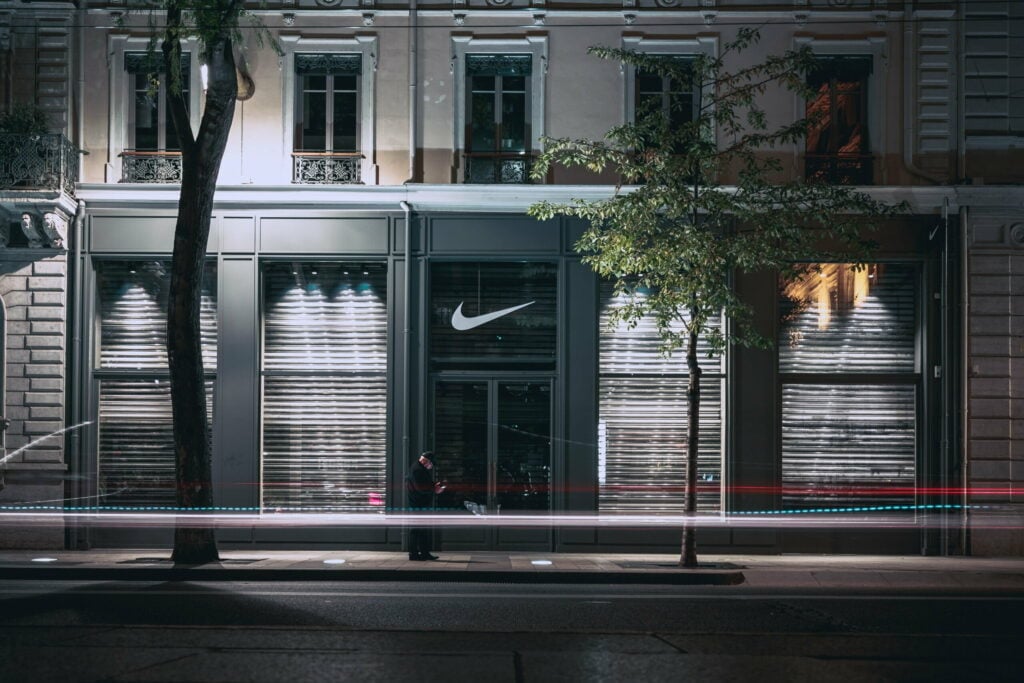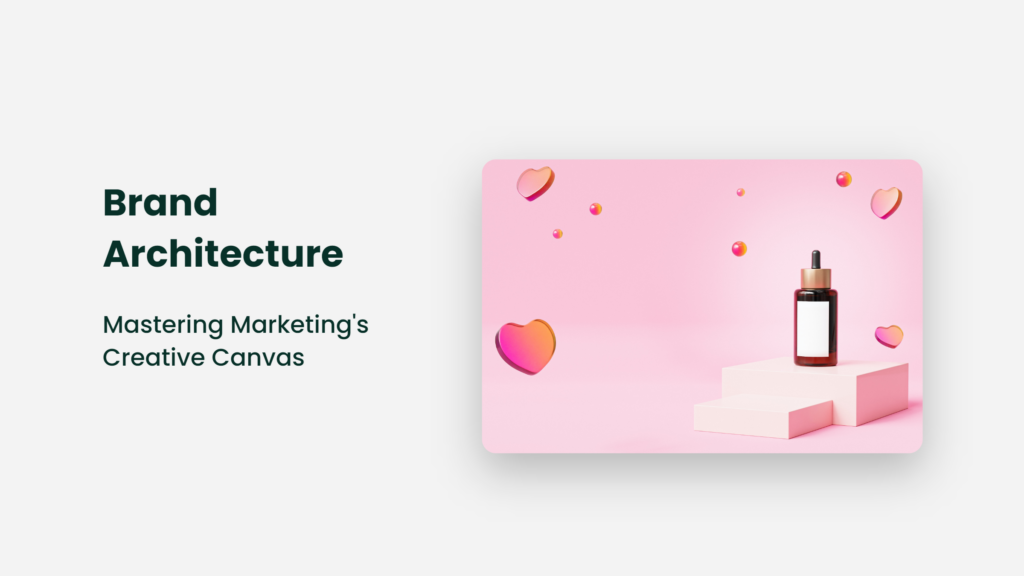
Picture this: You’re strolling through an art gallery, mesmerized by the vibrant colours, bold strokes, and breathtaking beauty of the masterpieces around you. Each piece tells a story, captures an emotion, and leaves a lasting impression. Now, imagine if your brand could do the same.
Welcome, dear reader, to the fascinating house of brands, where marketing meets art and imagination reigns supreme. Join me on this journey of discovery as we explore the secrets of creating a brand that captivates, inspires, and stands the test of time.
The Art of Building a Brand: Laying the Foundation
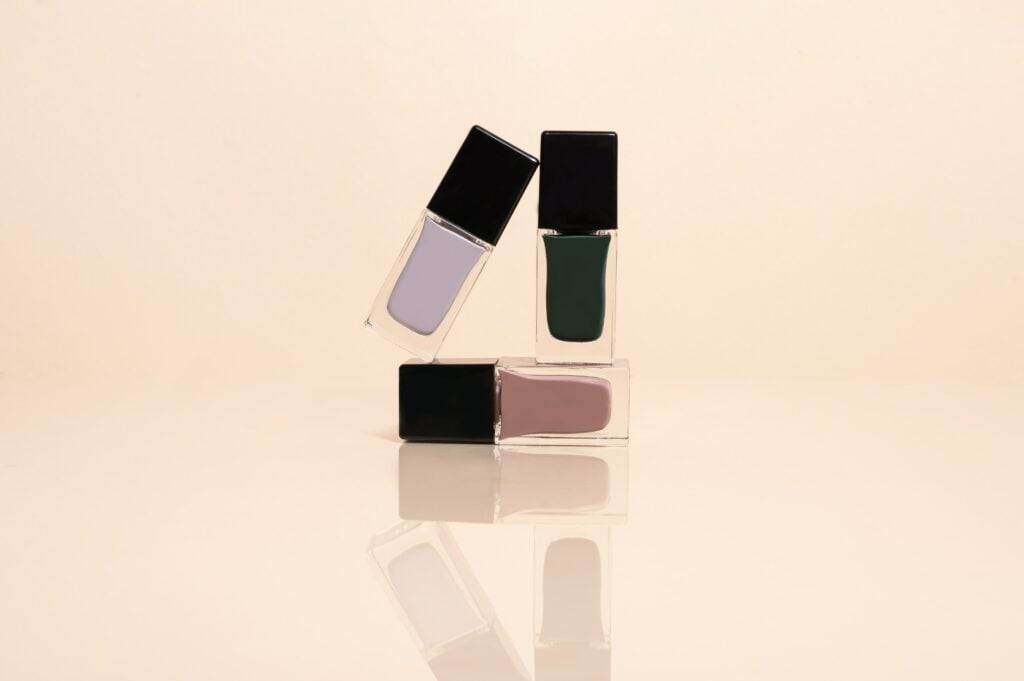
At its core, brand architecture is weaving together your brand’s visual, verbal, and emotional elements to create a cohesive and compelling identity. But how you ask, can one transform a humble brand into a work of art? Fear not, for I am here to guide you through the process, step by step, with anecdotes, insights, and a touch of humour.
The Color Palette: Painting with Emotion

The colours you choose for your endorsed brands are more than just a decorative touch – they are the lifeblood that gives your brand its unique personality and emotional resonance. According to a study by the Pantone Color Institute, colour can increase brand recognition by up to 80%, making it a powerful tool for capturing your audience’s attention and stirring their emotions.
To select the perfect palette for your master brand, consider the feelings and associations you want to evoke. For example, blue is often associated with trust and stability, while red signifies passion and energy. And remember, the key to a successful colour palette is balance and harmony, so choose colours that complement each other and create a visually pleasing effect.
Typography: The Art of the Written Word
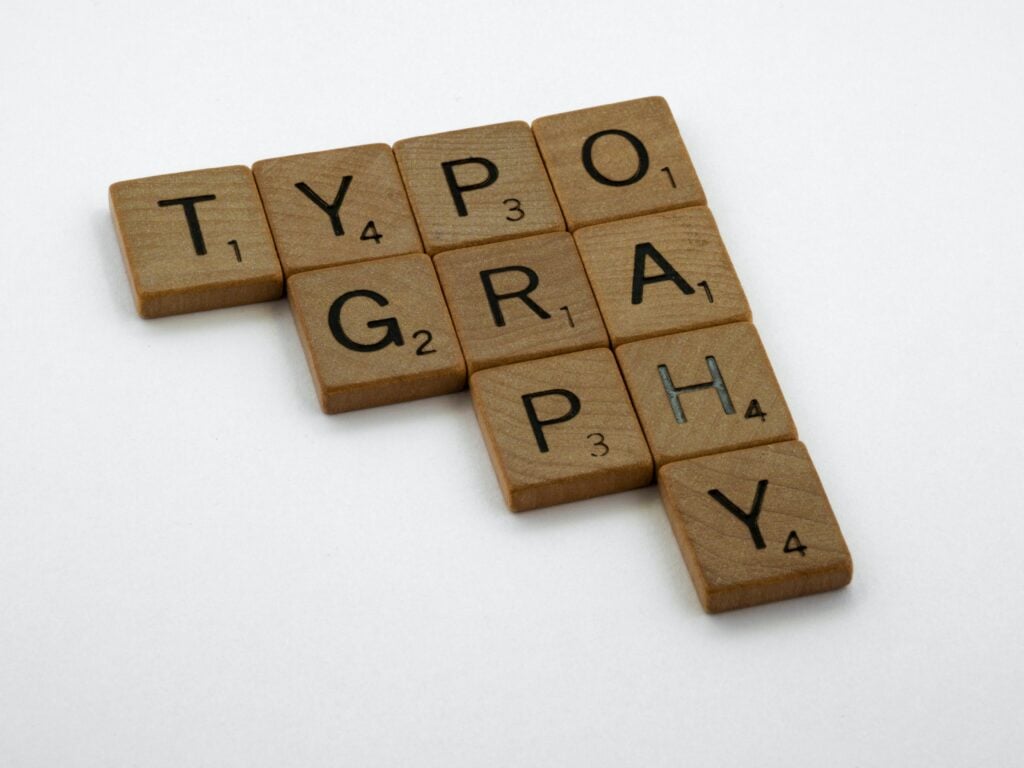
Just as a skilled painter chooses the perfect brush to bring their vision to life, you must also select the right typography to convey your brand’s message. The font you choose can speak volumes about your brand’s personality – is it modern and minimalist, or classic and elegant?
To find the perfect typeface, consider the message you want to convey and the emotions you want to evoke. For example, a bold sans-serif font may project confidence and strength, while a delicate script font may suggest elegance and sophistication. Whatever your choice, ensure that your typography is legible, versatile, and consistent across all your marketing materials.
Imagery: A Picture is Worth a Thousand Words
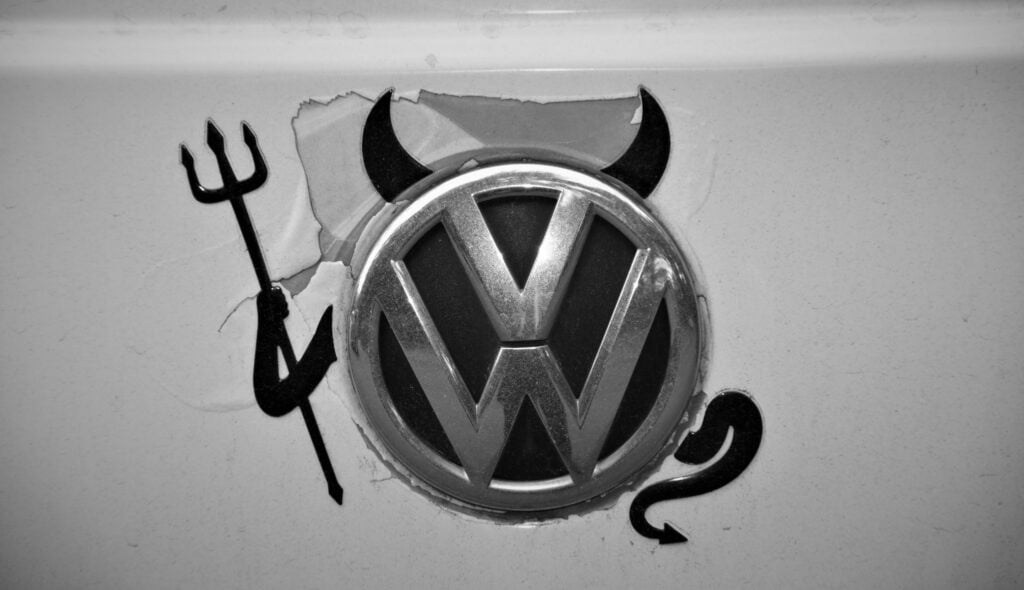
As the adage goes, “A picture is worth a thousand words,” which couldn’t be more accurate in existing brand architecture. The images you choose for your brand should evoke a specific emotion, tell a story, and capture the essence of your brand’s identity.
When selecting images, consider the emotions you want to convey, the story you want to tell, and the audience you want to engage. Opt for high-quality, original images that reflect your brand’s values and personality, and avoid generic stock photos that may dilute your brand’s impact.
The Brand Voice: Singing Your Brand’s Praises
Just as a musician needs a unique voice to stand out from the crowd, your brand also needs a distinctive tone and style to make its mark on the world. Your brand voice is the personality and emotion infused into your communications, from your website copy to social media posts.
To craft a compelling sub brands voice, consider your target audience, your brand’s personality, and the emotions you want to evoke. For example, a playful and witty voice may appeal to a younger audience, while a more formal and authoritative tone may resonate with a professional audience. And remember, consistency is vital – a consistent brand voice will help build trust, recognition, and loyalty among your customers.
The Hybrid Brand Architecture Gallery: Showcasing Success Stories
To bring the concept of brand architecture to life, let us take a moment to admire some masterpieces in the marketing world:
Apple: The Epitome of Minimalist Elegance

Apple’s brand architecture is a testament to the power of simplicity and elegance. With its sleek, modern design, clean typography, and stark colour palette, Apple has created a corporate brand identity that exudes sophistication, innovation, and cutting-edge technology.
Coca-Cola: A Timeless Classic

Coca-Cola’s iconic red and white logo, nostalgic imagery and specific script font transport us to a world of happy memories and simple pleasures. The brand extensions of Coca-Cola is a testament to the power of consistency and emotional resonance in creating a lasting impression.
Nike: Do It
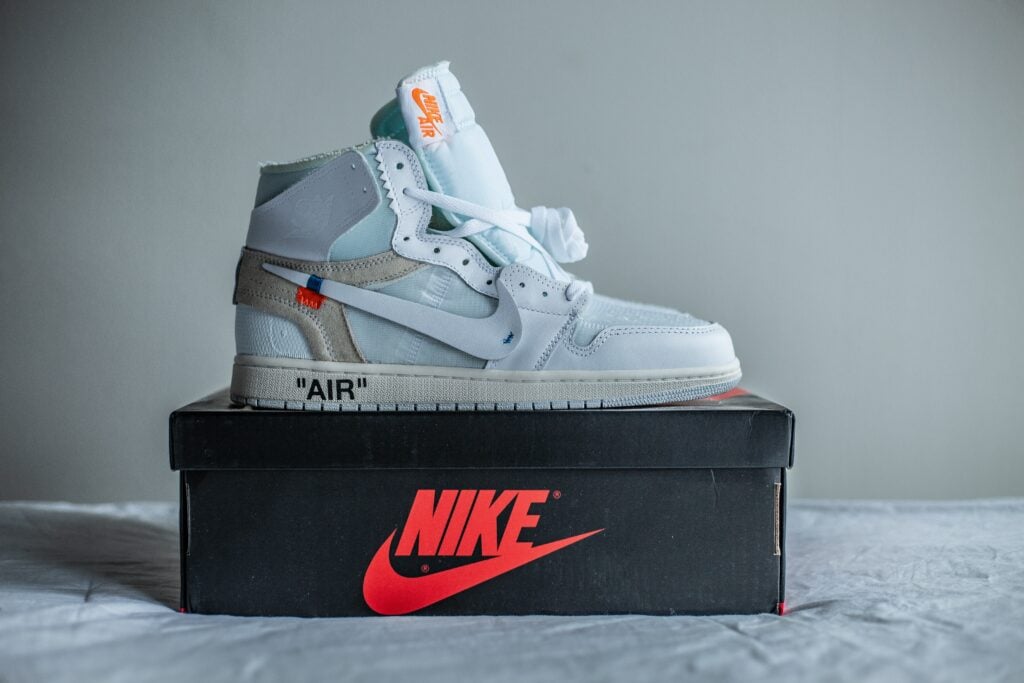
Nike’s brand architecture is a masterclass in storytelling and emotional connection. With its bold, dynamic imagery, empowering slogans, and simple yet powerful logo, Nike has crafted a brand identity that inspires, motivates, and challenges us to reach our full potential.
A Quiz: Are You a Brand Architecture Aficionado?
Now that we’ve explored the wondrous world of brand architecture, it’s time to put your knowledge to the test with a quick quiz:
- What are the key elements of brand architecture?
- How can colour influence a brand’s identity and emotional impact?
- What role does typography play in brand architecture?
- Why is a consistent brand voice important?
Share your answers in the comments below, and let’s see how many brand architecture aficionados we have among us!
Frequently Asked Questions: Unraveling the Mysteries of Brand Architecture
As our journey through the realm of brand architecture draws to a close, allow me to address some frequently asked questions about this intriguing topic:
Q1. What is the difference between brand architecture and branding?
A: While branding encompasses the overall brand architecture strategy and process of creating a brand identity, brand architecture refers to the artful and intentional weaving of visual, verbal, and emotional elements to create a cohesive and compelling brand experience.
Q2. How can I measure the success of my brand architecture efforts?
A: Success can be measured through various metrics, such as brand awareness, brand recall, customer engagement, and ultimately, sales and customer loyalty. Regularly tracking these metrics will help you gauge the effectiveness of your brand architecture and make data-driven decisions to optimize your marketing efforts.
Q3. How often should I update or refresh my brand architecture?
A: While consistency is key in brand architecture, evolving and adapting to changing market trends and customer preferences is essential. Reviewing and updating your brand’s visual and verbal elements can keep your brand fresh and relevant. However, avoid making drastic changes that may alienate your existing customers or dilute your brand’s identity.
Final Thoughts
And so, our tale comes to an end. I hope you’ve enjoyed our artistic adventure through the enchanting world of brand architecture and that you’re now inspired to create your marketing masterpiece. Remember, the power of art, emotion, and storytelling is at your fingertips – all you need is a little imagination, creativity, and a dash of humour to transform your brand into a work of art that captivates and endures.
Happy painting!



